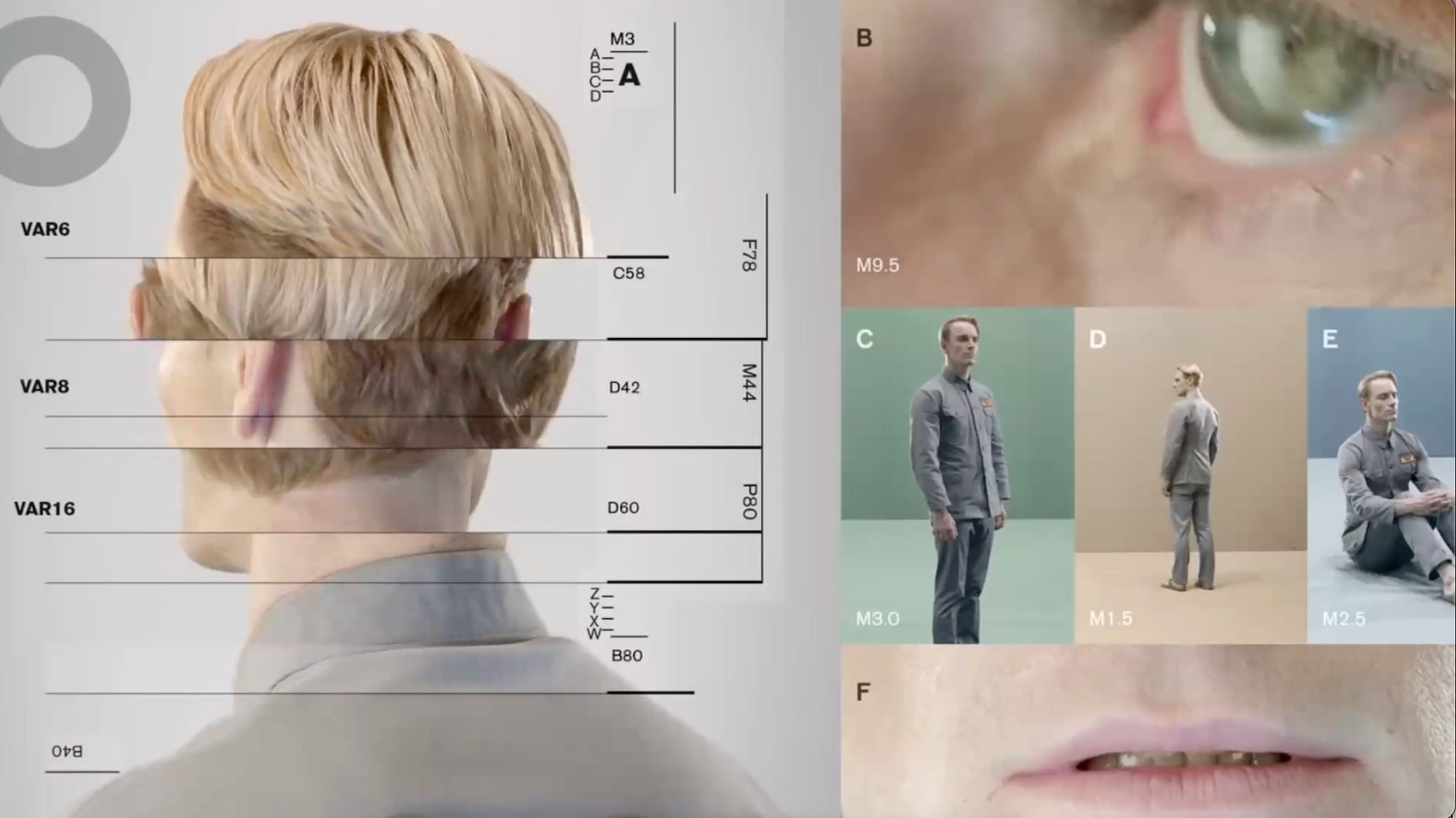Difference between revisions of "Neural Fields for Scalable Scene Reconstruction"
From Design Computation
Abel Maciel (talk | contribs) (→Bibliography) |
Abel Maciel (talk | contribs) (→Bibliography) |
||
| Line 27: | Line 27: | ||
*Arendt, H., 1998. The Human Condition, 2nd ed. The University of Chicago Press, Chicago. | *Arendt, H., 1998. The Human Condition, 2nd ed. The University of Chicago Press, Chicago. | ||
*Beavers, A.F., 2002. Phenomenology and Artificial Intelligence. Metaphilosophy 33, 70–82. | *Beavers, A.F., 2002. Phenomenology and Artificial Intelligence. Metaphilosophy 33, 70–82. | ||
| − | *Berkowitz, R., 2018. The Singularity and the Human Condition. Philosophy Today; Charlottesville 62, 337–355 | + | *Berkowitz, R., 2018. The Singularity and the Human Condition. Philosophy Today; Charlottesville 62, 337–355. |
| − | |||
Revision as of 19:55, 5 November 2022
DC I/O 2021 Keynote by JAMES TOMPKIN. https://doi.org/10.47330/DCIO.2022.AXBL8798Abstract
Presentation
Conference Paper
Keywords
AI, Architect, Creativity, Displacement, Intelligence, Human, Machine, Software, Utilitarianism, Value
Reference
DOI: https://doi.org/10.47330/DCIO.2022.AXBL8798
Bibliography
- Anderson, T.T., 2011. Complicating Heidegger and the Truth of Architecture. The Journal of Aesthetics and Art Criticism 69, 69–79.
- Arendt, H., 1998. The Human Condition, 2nd ed. The University of Chicago Press, Chicago.
- Beavers, A.F., 2002. Phenomenology and Artificial Intelligence. Metaphilosophy 33, 70–82.
- Berkowitz, R., 2018. The Singularity and the Human Condition. Philosophy Today; Charlottesville 62, 337–355.

